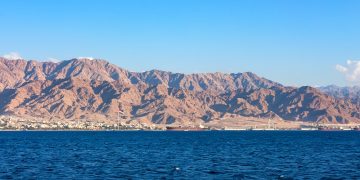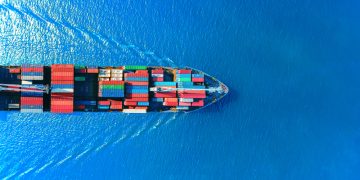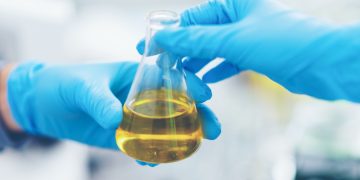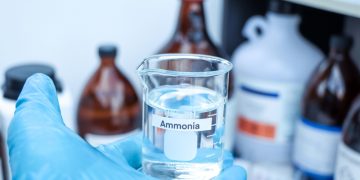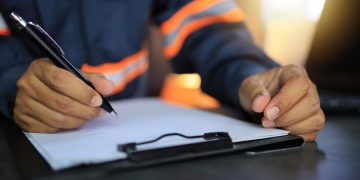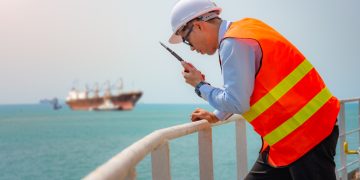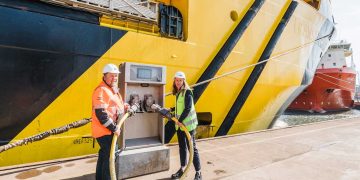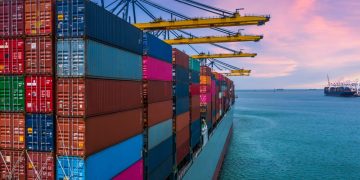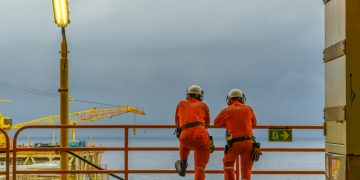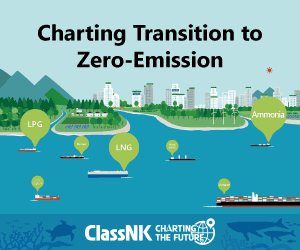Australia launches biofouling risk assessment tool
The State Government of Australia, has taken action to help the shipping and boating industry protect Western Australia’s marine environment from invasive marine pests. Fisheries Minister Ken Baston announced a new risk assessment tool for use by managers of commercial, non-trading, petroleum and commercial fishing vessels coming into WA ports along the coast. It enables operators to easily assess risk and better manage their vessels, before they leave their last ports of call on their way to WA, by reducing biofouling and reducing the risk of aquatic pests making the journey too. At the launch of Vessel Check in Fremantle today, Mr Baston said the online tool was a welcome initiative to help prevent the introduction of invasive marine species from international and interstate vessel movements. “Vessels are the primary way marine pests are moved to new areas, and the shipping industry and resources sector, together with the Department of Fisheries, identified the need a couple of years ago for a standardised tool to help vessel managers reduce the risk of moving pests into WA in biofouling,” Mr Baston said. “Users of Vessel Check can test different scenarios for their vessel, so they can see how different management actions ...
Read more





